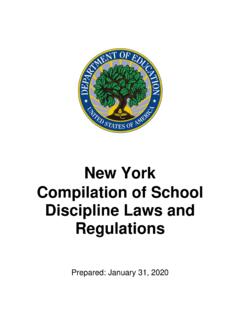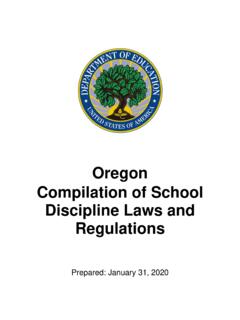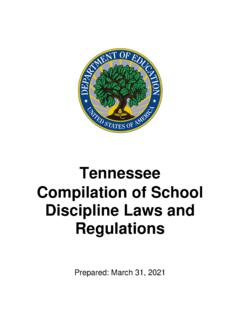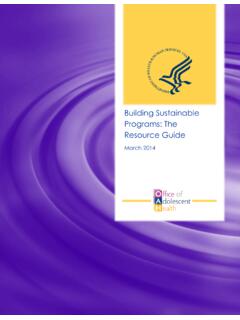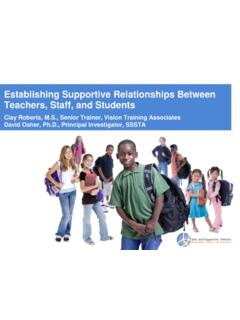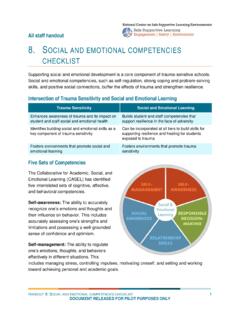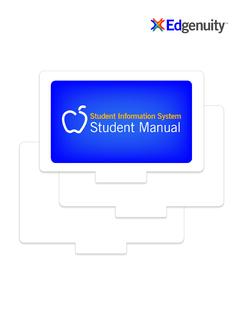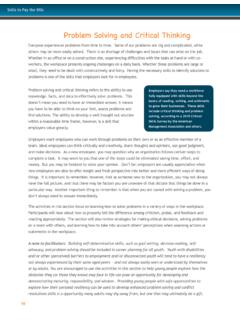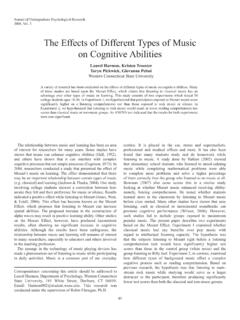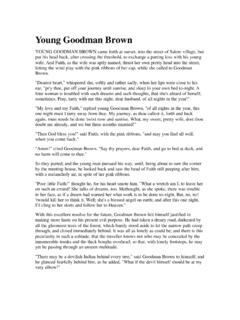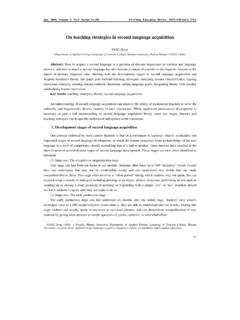Transcription of Trauma 101 Activity Packet - ed
1 Understanding Trauma and Its Impact Activity Packet UNDERSTANDING Trauma AND ITS IMPACT Activity Packet ii CONTENTS Introduction .. 1 Intended Use .. 1 Preparing to Use This Activity Packet .. 1 Facilitation Guide .. 2 Materials .. 3 Time Frame .. 3 Training Evaluations .. 3 Part 1: What is Trauma and Who is Affected? .. 4 Activity #1: Types of Trauma Facilitator Instructions .. 4 Activity #1: Types of Trauma Facilitator Handout .. 6 Activity #1: Types of Trauma Participant Handout .. 7 Discussion Questions: Types of Trauma .. 8 Part 2: How Does the Stress Response System Work?
2 9 Activity #2: The Stress Response Facilitator Instructions .. 9 Activity #2: The Stress Response Facilitator Handout .. 11 Activity #2: The Stress Response Participant Handout .. 12 Discussion Questions: The Stress Response .. 13 Part 3: What is the Impact of Exposure to Trauma ? .. 14 Activity #3: Recognizing Trauma Facilitator Instructions .. 14 Activity #3: Recognizing Trauma Facilitator Handout .. 16 Activity #3: Recognizing Trauma Participant Handout .. 17 Discussion Questions: Recognizing Trauma .. 18 Part 4: What Does This Mean for Schools? .. 19 Activity #4: Applying Trauma Concepts Facilitator 19 Activity #4: Applying Trauma Concepts Facilitator Handout.
3 21 Activity #4: Applying Trauma Concepts Participant Handout .. 23 Discussion Questions: Applying Trauma Concepts .. 25 Activity #5: Secondary Traumatic Stress Facilitator 26 Activity #5: Secondary Traumatic Stress Facilitator Handout .. 28 Activity #5: Secondary Traumatic Stress Participant Handout .. 29 Discussion Questions: Secondary Traumatic Stress .. 30 Training Evaluation Materials .. 31 Pre-Training Knowledge Survey .. 32 Posttraining Knowledge Survey .. 34 Training Satisfaction Survey .. 36 UNDERSTANDING Trauma AND ITS IMPACT Activity Packet 1 INTRODUCTION This Activity Packet accompanies the Understanding Trauma and Its Impact slide presentation and includes activities and discussion questions for use during in-person training sessions.
4 Like the slide presentation, the Packet is broken into four sections and includes activities that correspond to the training material covered in each section. Together, the slide presentation and Activity Packet serve as a companion training package that parallels the Understanding Trauma and Its Impact e-resource. Intended Use Materials in the Activity Packet are appropriate for all school staff who want to further their learning about Trauma and its effects on students, staff, and schools. There are multiple ways that this Activity Packet can be used for supporting professional development.
5 1. After all staff view the Understanding Trauma and Its Impact e-resource independently, school administrators and Trauma -sensitive work groups can use this Activity Packet in conjunction with the Understanding Trauma and its Impact companion slide deck to conduct in-person trainings to review and reinforce material presented in the e-resource. 2. If school administrators and Trauma -sensitive work group members do not wish to conduct a full in-person training after staff has viewed the Understanding Trauma and Its Impact e-resource, they can use the materials in this Activity Packet independently.
6 For example, school leaders may use certain discussion questions and activities during staff meetings or training days to further explore and reinforce particular concepts as needed. 3. School administrators and Trauma -sensitive work groups can integrate materials from this Activity Packet into other Trauma trainings that your school or district has already developed. Preparing to Use This Activity Packet Facilitators using this Activity Packet should be familiar with the entire Trauma -Sensitive Schools Training Package and have a clear plan for using these activities with staff.
7 Facilitators should read through the entire Activity Packet and familiarize themselves with the materials prior to using this Packet in a training session. Facilitators should have viewed the Understanding Trauma and Its Impact e-resource in preparation for using the slide presentation and this Packet for in-person training. UNDERSTANDING Trauma AND ITS IMPACT Activity Packet 2 Facilitation Guide This Activity Packet is broken into four sections that mirror the Understanding Trauma and Its Impact e-resource and slide presentation. Each Activity includes a facilitator version with sample script and answer keys and a participant handout version to be distributed during the training.
8 Before you begin, here are some strategies to consider. Address the Difficult Nature of the Material. The Understanding Trauma and Its Impact e-resource and slide presentation contain information about Trauma and its effects that may be distress to some people. When facilitating activities, be sure to acknowledge the potentially difficult nature of the material and encourage people to take breaks and ask for support as needed. Set Ground Rules. Trauma is a sensitive and difficult topic that may remind participants of their own experiences and trigger various responses during the training session.
9 For example, some participants who have experienced Trauma may attempt to share personal information, while others may become quieter or more withdrawn. Setting some ground rules can help set the tone for a respectful, thoughtful, and safe discussion that maintains clear boundaries. You can have participants create ground rules or simply set them yourself. Suggested ground rules include Be aware of the potentially upsetting nature of the material and take care yourself. Be respectful of others and do not discuss personal comments outside of the training. Be aware of the degree of personal information that is appropriate to share.
10 Step up, step back: If you haven t spoken or contributed, do so if you feel comfortable. If you have been speaking and sharing a lot, let others take a turn. No side conversations or talking over others. Consider Different Methods of Facilitation. Here are some options for facilitating discussions and activities. Individual reflection. Consider having participants write down their responses before asking people to share with the group. This gives everyone an opportunity to collect their thoughts and may help them feel more comfortable sharing in a group setting.
